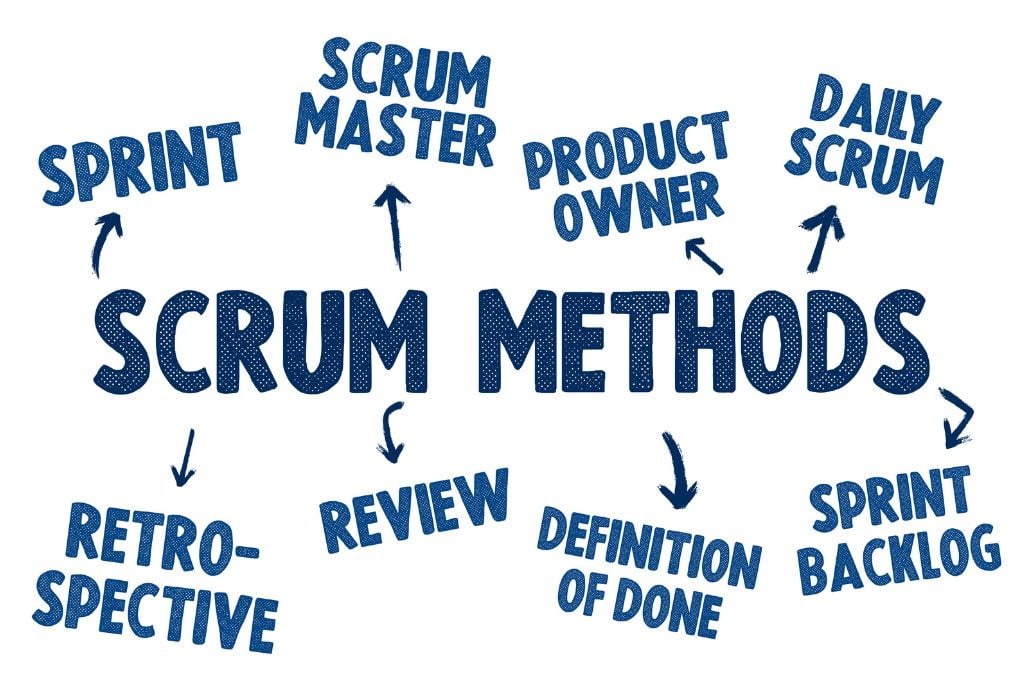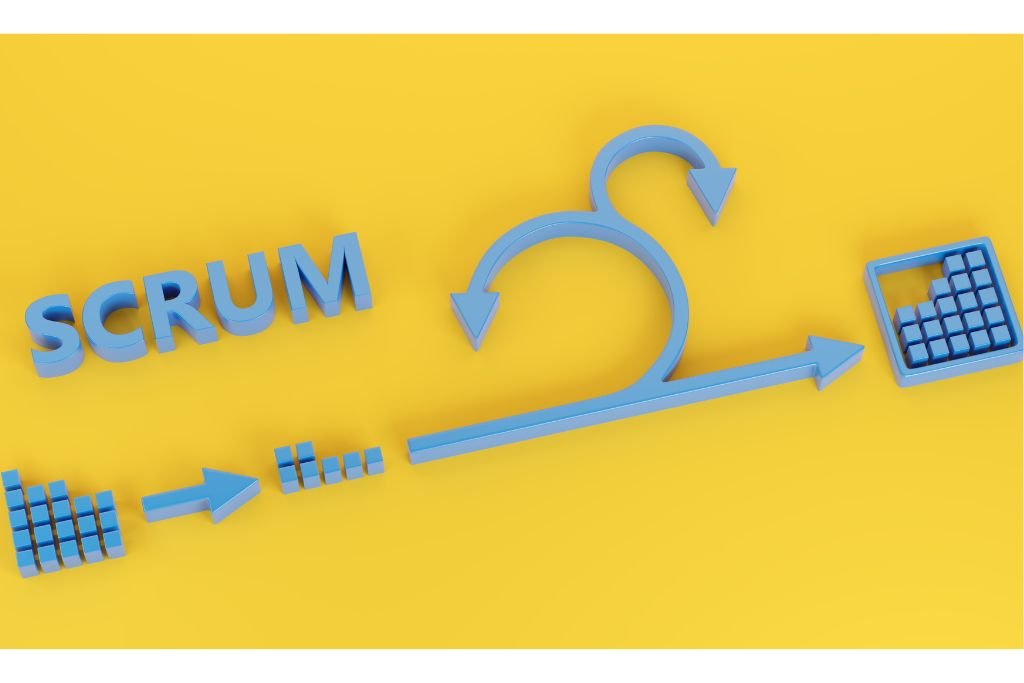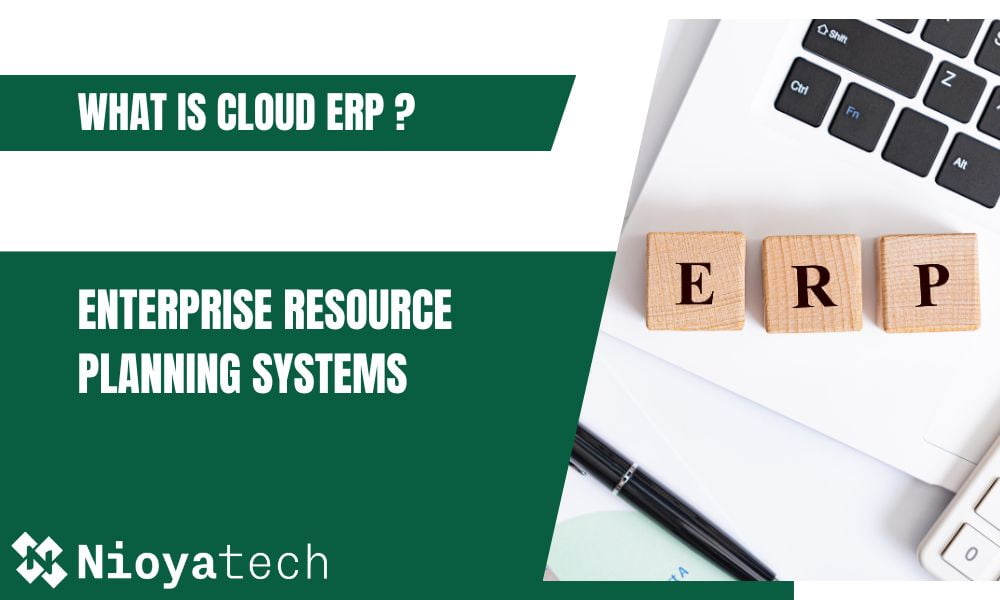What is Agile Software Development?
Agile methodologies have their origins at IBM in 1957. These studies were later defined as incremental methods by E. A. Edmonds and were introduced in 1974 with an article titled “Software Development for Compatible Systems”. The 1990s, on the other hand, were the years when it was claimed that the Waterfall model was a cumbersome system and tried to offer faster and more agile methodologies instead.
Agile methodologies are approaches that bring a new perspective to traditional project management. Traditional methods generally focus on planning, documentation, and certain project phases. Besides, the agile methodologies put flexibility at its core and focus on a team-based and slight approach. It is developed to respond quickly and consistently to the ever-evolving and to change software needs in the field of project management and software development.
Types of Agile Methodologies
Agile Methodologies basically aim to run the “Software Development Lifecycle (SDLC)” faster and more flexibly. It prevents the loss of productivity with blockages in the process and long decision times and enables the team to quickly produce solutions in the face of problems. In today’s competitive conditions, applying the right project management has become very valuable.
The most known agile methodologies are Scrum, Kanban, Feature Driven Development(FDD), Adaptive Software Development (ASD), Extreme Programming (XP), Crystal, and Lean Development. However, Scrum and Kanban are popular nowadays so this article centers on Scrum and Kanban methodologies.
In the fierce competition environment, companies have become obliged to apply the right project management to achieve success. Company owners who want to develop software in a faster and more flexible way may have heard of Kanban or Scrum concepts, which are included in Agile methodology or Agile frameworks.
Well, even if we hear the names Kanban and Scrum, what should we choose between them or how? This situation can naturally create a dilemma for you. There is a more important question to ask here: Do we have to choose between Kanban or Scrum?
Aside from the issue of how you should decide according to the operation of our company; What are the differences between the two methods, how they can have a positive or negative effect, let’s start our article by explaining these special cases.

Scrum
Scrum is the most famous Agile framework and a methodology announced by the Scrum Guide in 2010. As stated in the 15th Agile Status report, 66% of those who commented on the report identified Scrum as one of the Agile Methodologies they most closely follow. It is a simple framework that helps people, teams and organizations generate value through adaptable solutions for complex problems.
Scrum is simple. The Scrum framework is intentionally left incomplete, only the parts necessary to apply Scrum theory are defined. Scrum is based on the common experiences of people who use it as a method.
Scrum’s rules guide people’s relationships and interactions rather than giving detailed directions. There can be many processes, techniques, and methods used within the framework. Scrum aggregates existing practices or excludes some as unnecessary. Scrum makes visible the relative effectiveness of existing management, environment, and working techniques. This way, improvements can be made.
Scrum brings together 4 formal events for monitoring and adaptation within an inclusive event, the Sprint. These activities work because they implement transparency, observation, and adaptation, the pillars of Scrum’s experimentation.
Kanban
Kanban is one of the most well-known Agile Methodologies and is a visual method used to manage production. To understand the kanban system, first of all, it is necessary to internalize the concept of just-in-time(JIT) production.
A just-in-time production system; is called no-stock production, production with minimum stock, etc. The first implementer of JIT, Taichi Ohno, reduced the material flow within the factory, making operational disruptions visible. It has since been popularly adapted to other fields, one of which is software development.
In Kanban, the main job followed is also visualized as the workflow is visualized. The purpose of this is to identify potential bottlenecks in your process and fix them so that work can happen at optimum speed or efficiency. It’s also a method designed to help you optimize your workflow and use your team’s full capacity.
Kanban is not as structured a framework as Scrum, as it does not have predetermined rules for the process.

Scrum vs Kanban
We said these two are the most common agile methodologies in software development projects. It is very difficult to choose which one is better and maybe not necessary. So let’s just make a comparison:
In Scrum, work is delivered to small groups with certain conditions. Jobs are delivered at intervals called sprints and at certain times. There should not be too many changes in the planning within these sprints. It works with very well-defined rules. There are many processes that teams must learn and implement.
Kanban, on the other hand, focuses on getting a small amount of work or task done quickly and at the same time. As a planning tool, all stages of the planned work are listed with a visual planning board called Kanbord. According to the workflow, these lists have the opportunity to be constantly updated. The initial purpose of Kanban is to avoid overproduction and to use resources efficiently. For this, it chooses the way of visualizing the resources. In this way, everyone is aware of the visible process. Seeing the excess or the little can also be managed.
Scrum requires a highly structured process, while Kanban is a more flexible process.
In Scrum, the start and end times are made with sprites. In Kanban, on the other hand, a certain time is not determined for the completion of the work. In Scrum, each person has a task role, but in Kanban, these roles do not.
Both suggest limiting simultaneous tasks. In Scrum, this is done with the number of work to be developed during the Sprint, while in Kanban it is done by limiting the amount of WIP. Both Kanban and Scrum adopt transparent, experimental, and fast understandings. While cross-functional development teams are a mandatory rule in Scrum, it is optional in Kanban to create teams where expertise is at the forefront. While it is impossible to add new jobs to the sprite specified in Scrum, it is possible to add jobs in Kanban if the job situation is appropriate.
If we examine the features of Scrum a little more quickly: The task lists are owned by certain teams, roles such as product owner, development team, and scrum master have been determined, and the aim is to catch a work pace and develop it. Teams do not need to learn a lot of knowledge to apply it. In this sense, learning periods can take a long time. After learning, teams are expected to develop, improve code quality and take more responsibility.
Let’s take a quick look at Kanban again. Prioritization in the work list is optional, the work continues with the logic of flow and it is aimed to constantly flow the work instead of short-term goals. The rule that is the condition of Kanban – which we can call the biggest and only rule – is WIP (Work In Progress) limitation. This allows the processes to progress faster. Here, as in Scrum, there are no roles, only support from a Kanban coach. This coach may be an outside expert.
As a result, when we look at all these explanations, we understand that Scrum has a more strict prescriptive approach and Kaban has a more flexible understanding. If you are using one of these in your company, you can try the other. You can experience it by switching from the Scrum loop to the Kanban loop or from Kanban to Scrum.
Software Development in Nioyatech
Although the agile principle was originally born in the software industry, many industries are now adopting agile methodologies for the development of their products and services. This is mainly due to the collaborative and productivity-enhancing nature of this method. In recent years, marketing, construction, education, and finance areas have been working by adopting agile methodologies.
If you haven’t experienced any of them so far, you may not be able to identify which one your company needs. If you cannot decide which technique is more suitable for your business structure, you can get support from the Nioyatech software team at points such as consultancy/training. Save time and money by taking advantage of NioyaTech’s full product development cycle service and getting the highest possible level of service.






